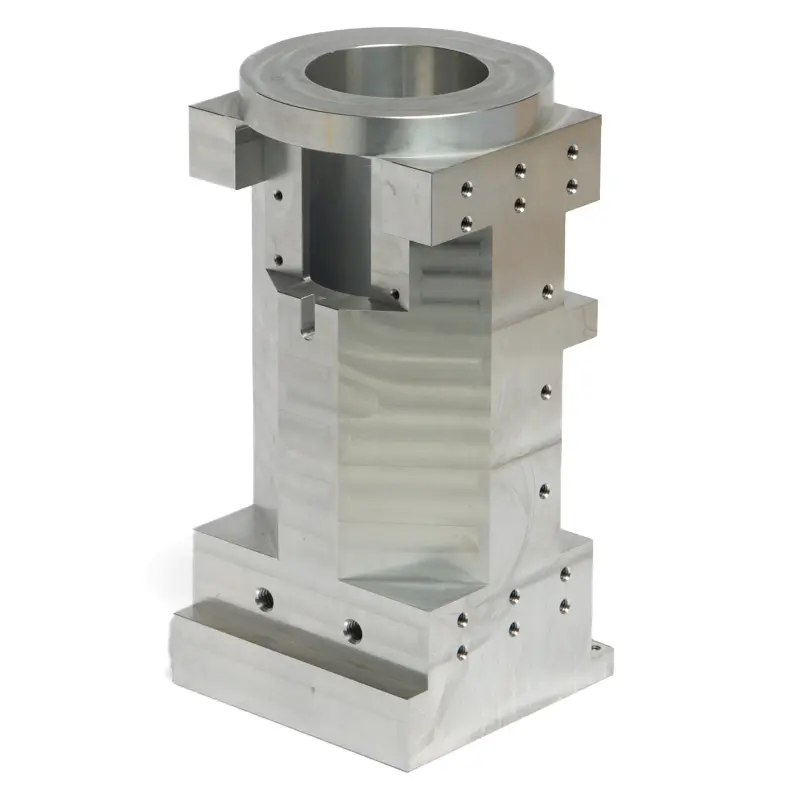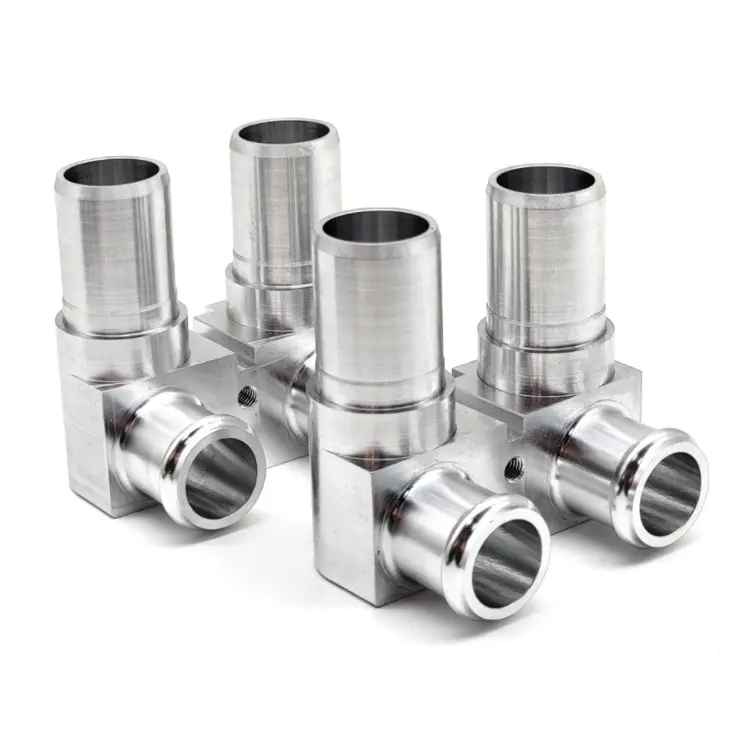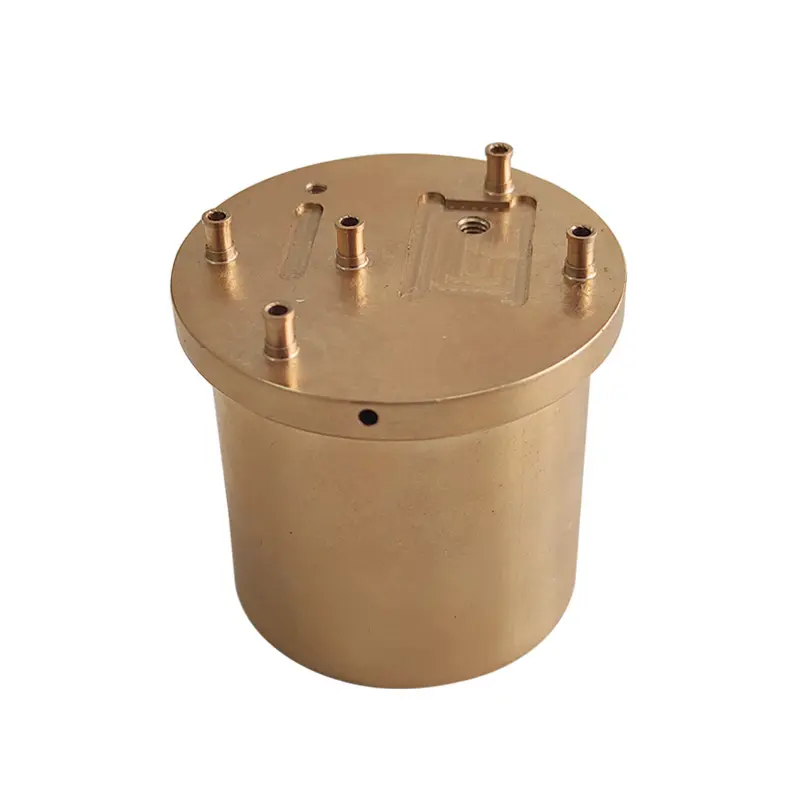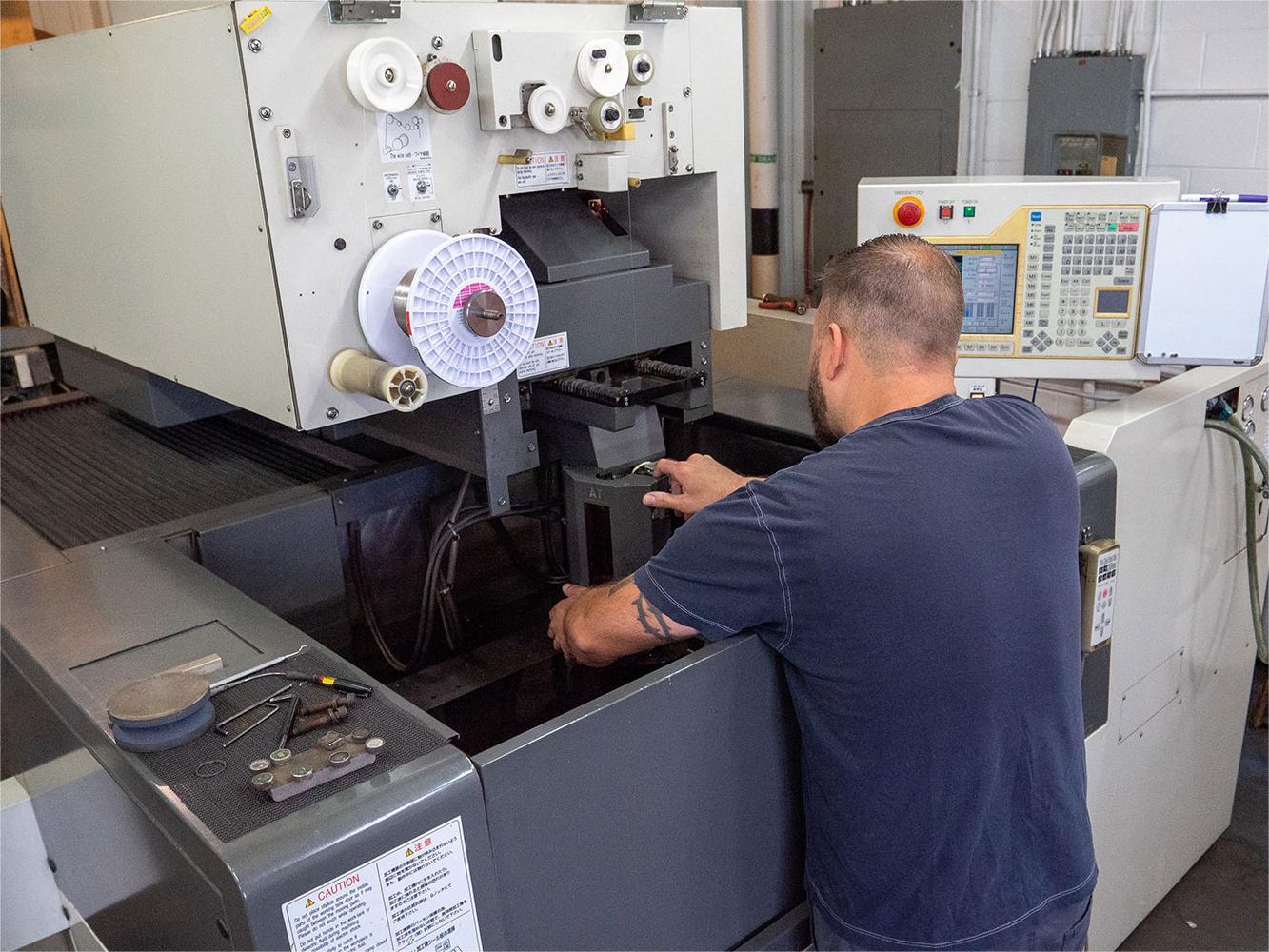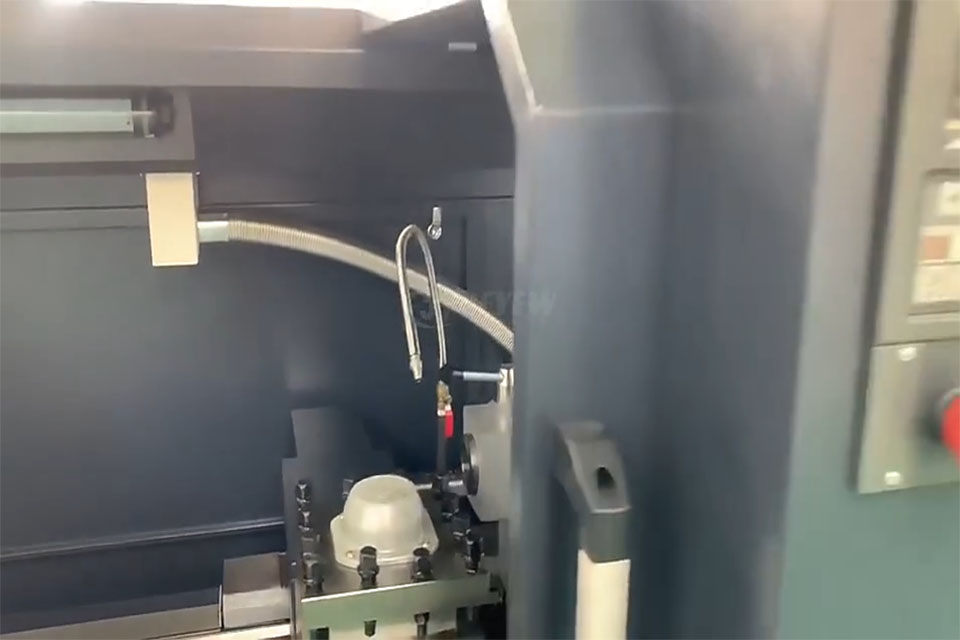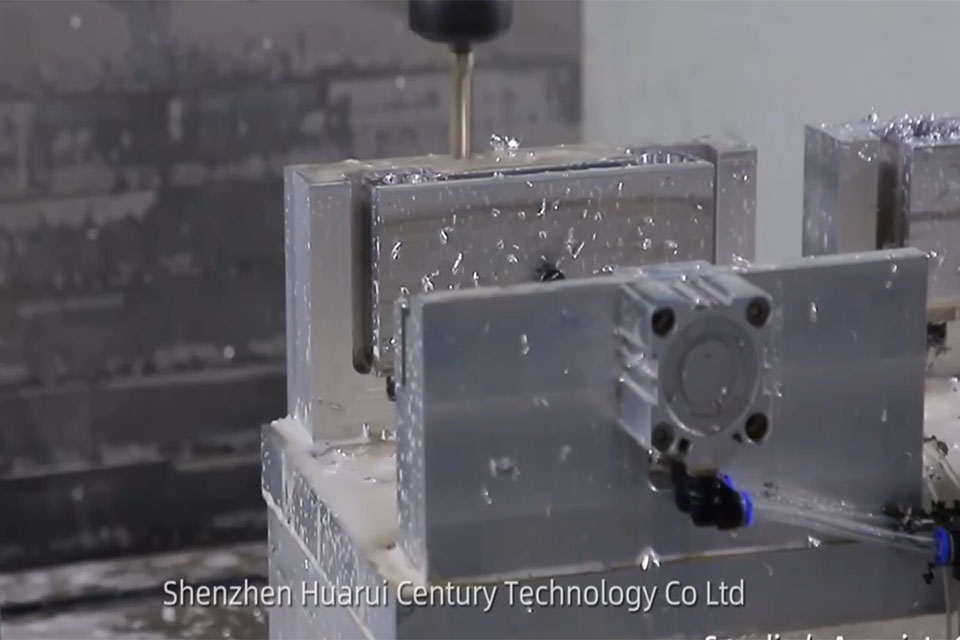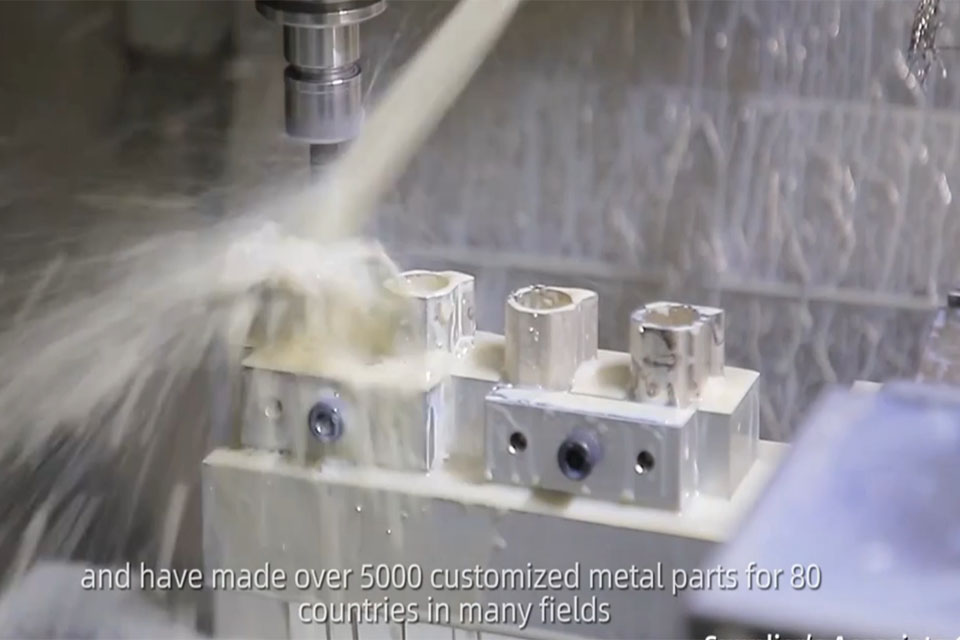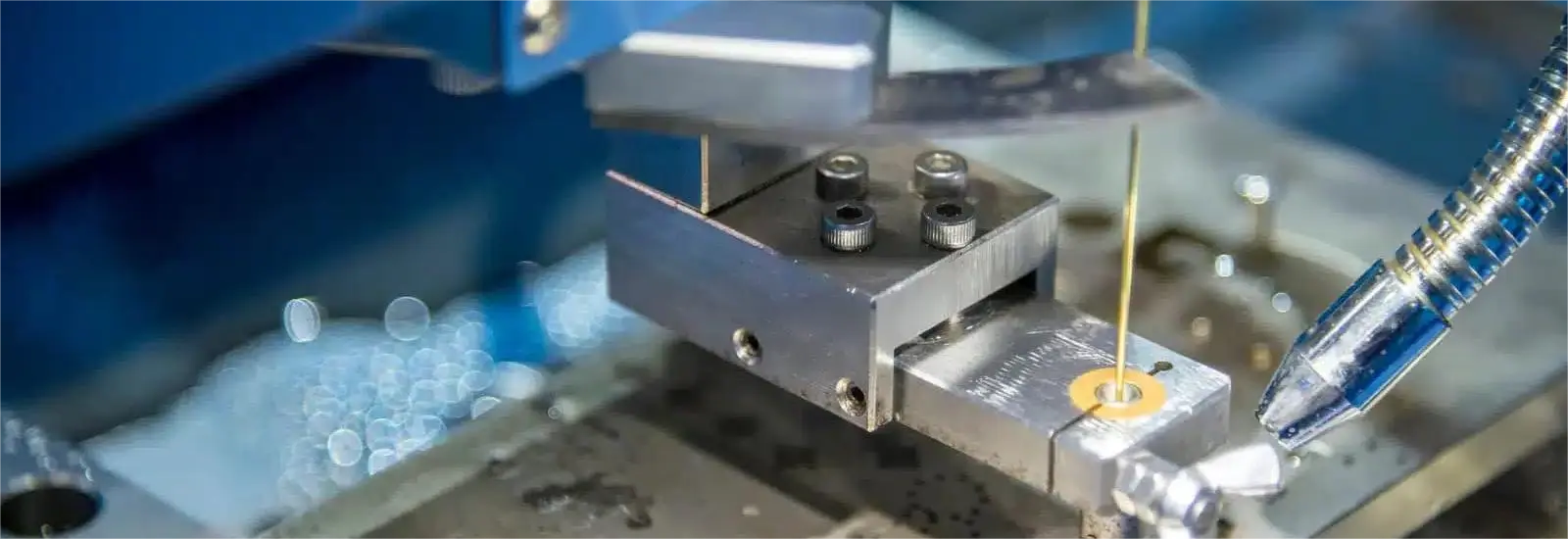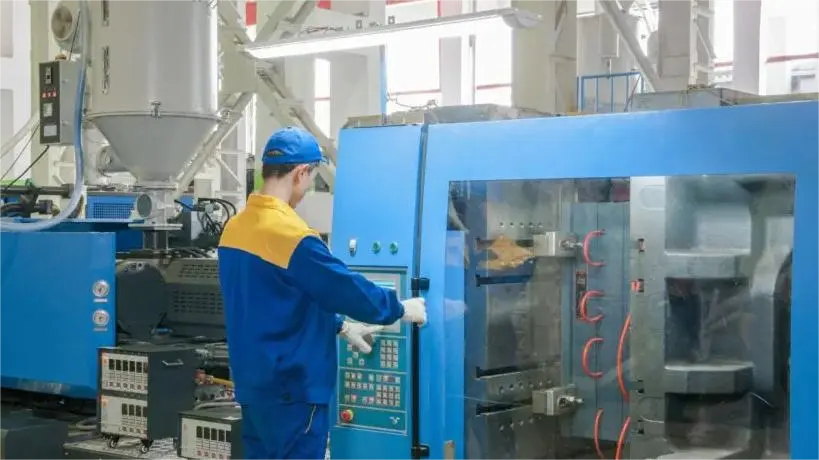
맞춤형 플라스틱 부품 제작: 고객의 요구에 맞는 CNC 가공 및 3D 프린팅 솔루션
목차
소개
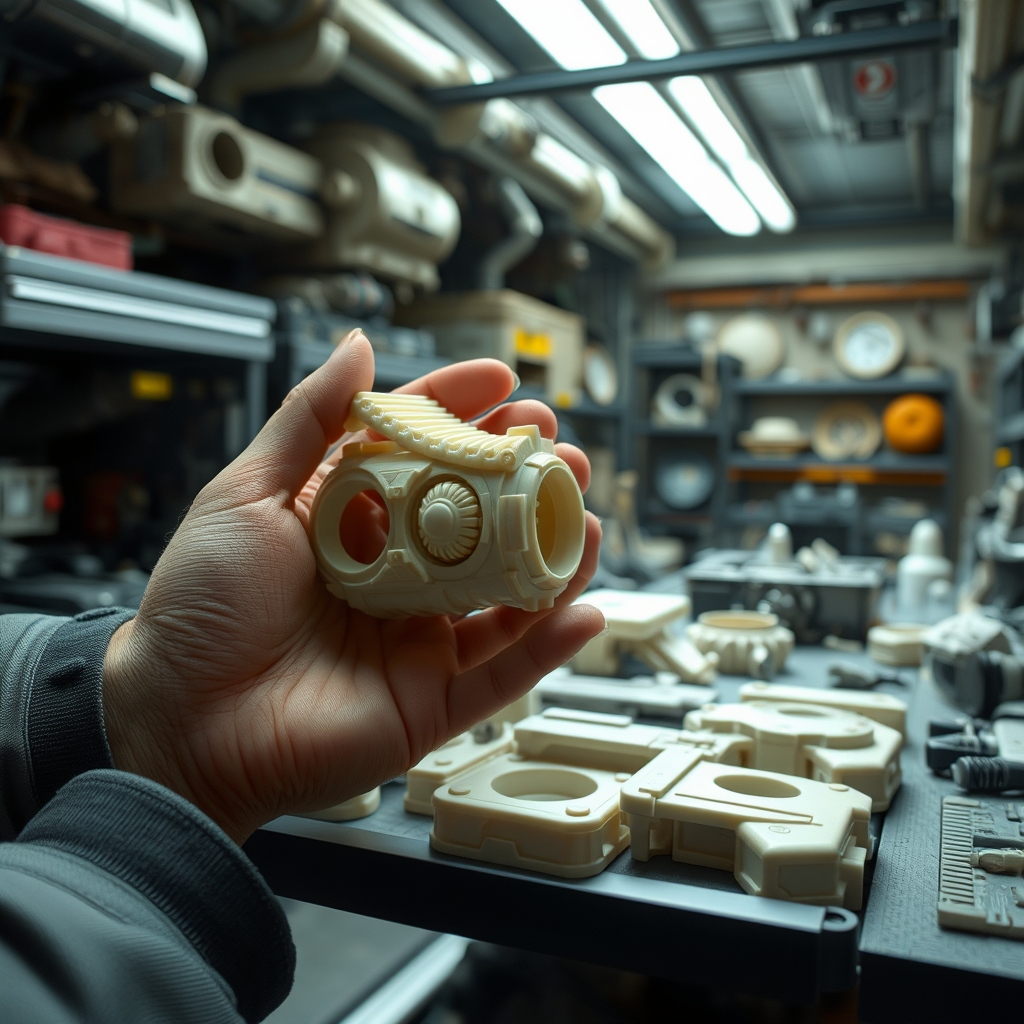
What are CNC Engraving Machines and 3D Printers?
CNC (Computer Numerical Control) engraving machines are like mini-milling machines, often used for detailed work. Think of them as robotic artists, precisely carving away material to create a specific shape. According to the PDF, these machines are commonly “represented by mini CNC machine-tools, in most cases gantry milling machines with movable load.” This means they’re robust and capable of handling various tasks.
3D printers, on the other hand, build parts layer by layer, like creating a sculpture by stacking tiny pieces. The PDF describes a typical 3D printer setup, noting, “This machine is built on a frame-based structure… The material is deposited on a plate.” This additive process opens doors to complex geometries that would be impossible with traditional methods.
Why Choose Plastic for Your Parts?
Plastic offers a unique blend of properties, making it ideal for a wide range of applications. It’s lightweight, corrosion-resistant, and can be molded into intricate shapes. The PDF suggests that plastics are particularly useful for “repair works specific to certain machines and plants,” because they can be quickly manufactured to replace damaged parts.
Here’s a quick look at some common plastic characteristics:
| 속성 | 혜택 |
|---|---|
| 경량 | Reduces overall weight, saves energy |
| Durable | Long-lasting, resistant to wear and tear |
| Versatile | Can be molded into various shapes and sizes |
| 비용 효율적 | Often cheaper than metals |
When is CNC Machining the Better Option?
CNC machining shines when precision and tight tolerances are paramount. Consider it for parts requiring smooth surfaces, sharp edges, or specific material properties achievable through subtractive methods. The original document says “precision parts (guides, positioning elements, chain closing elements) shall be executed by cutting.”
For instance, creating accurate machine tool guides, which “are intended to materialize generating lines… required for generation of processed surfaces” as the text says, typically calls for CNC machining. This ensures the necessary accuracy and surface finish for smooth operation. Our team at CNC Manufacturing Service product manufacturing factory uses advanced CNC techniques to ensure exceptional results.
When Does 3D Printing Make More Sense?
3D printing comes into its own when dealing with complex geometries, rapid prototyping, or low-volume production. It’s a fantastic way to quickly iterate designs and create intricate shapes without the need for expensive tooling. As the PDF notes, for “parts with a complex shape, that do not require a high accuracy (covers, ornaments, low-accuracy toothed gears, hand levers, bushings etc.), 3D printing shall be selected.”
Let’s look at a specific example of when 3D Printing is advantageous:
- 신속한 프로토타이핑: Fast turnaround times for design verification.
- 복잡한 지오메트리: Allows designs that are not possible with traditional machining.
- 사용자 지정: Ideal for creating unique parts tailored to individual needs.
Who Benefits from These Manufacturing Methods?
A multitude of industries benefit immensely from CNC machining and 3D printing. Here are just a few:
- 항공우주: Lightweight and high-strength components. Explore our dedicated 항공우주 manufacturing services.
- 자동차: Custom parts, tooling, and prototypes. Learn more about 자동차 solutions we provide.
- 의료 기기: Precision instruments and implants. Check out the possibilities for 의료 기기.
- 전자 제품: Enclosures, connectors, and specialized components.
- 소비자 제품: Customized products, rapid prototyping.
- 산업 장비: Robust and reliable parts for machinery.
The original article includes “repair works specific to certain machines and plants” for “special spacers, machine-tools guides and toothed gears” which is beneficial across industries.
How Can CNC and 3D Printing Be Used Together?
These two technologies aren’t mutually exclusive. They can complement each other. For instance, you could 3D print a near-net-shape part and then use CNC machining to achieve the final, precise dimensions and surface finish. Imagine combining the rapid prototyping of 3D printing with the precision of CNC for the best of both worlds!
Consider this scenario: a complex housing is 3D printed, then critical mating surfaces are CNC machined for a perfect fit. The PDF mentions this possibility directly: “In case of complex parts (bearing housings, small enclosures, high-precision gears etc.), the stock part may be executed by printing with a certain addition on surfaces intended to be processed more accurately, and then these additions shall be removed by cutting.”
What Materials Are Used?
A wide variety of plastics can be used in both CNC machining and 3D printing. Common choices include:
- PLA (Polylactic Acid): Biodegradable, easy to print. According to the PDF, “The material used by authors is a filament type PLA Ø 1.75mm.”
- ABS (Acrylonitrile Butadiene Styrene): Durable, impact-resistant.
- Nylon: Strong, flexible, wear-resistant.
- PC (Polycarbonate): High-impact strength, heat resistance.
- PTFE (Polytetrafluorethylene): Low friction, chemical resistance.
The choice of material depends on the application, required properties, and manufacturing method. Don’t forget to also consider exploring other 자료 used in CNC.
Where are These Parts Used?
Plastic parts made with CNC machining and 3D printing are used in countless products and systems. Some examples include:
- Gears and Sprockets: Power transmission.
- Housings and Enclosures: Protecting internal components.
- Custom Tooling: Jigs, fixtures, and molds.
- Prototypes: Testing form, fit, and function.
- Medical Implants: Customized solutions for patients.
- 항공우주 부품: Lightweight brackets and fittings.
Our team at CNC Manufacturing Service product manufacturing factory provides solutions for industries across the spectrum, from 자동화 to New Energy.
What Challenges Exist in Plastic Part Manufacturing?
While both CNC machining and 3D printing offer tremendous advantages, some challenges exist:
- Material limitations: Not all plastics are suitable for every application.
- Dimensional accuracy: Achieving tight tolerances can be challenging.
- Surface finish: 3D printed parts may require post-processing for smooth surfaces.
- 비용: Certain materials and processes can be expensive.
- 확장성: Scaling up production can present logistical challenges.
Understanding these challenges helps ensure you choose the right method and materials for your specific needs.
How to Get Started with Your Project?
To begin, clearly define your requirements:
- 기능: What will the part do?
- Material: What properties are needed?
- 치수: What are the required tolerances?
- 수량: How many parts are needed?
- 예산: What is your price point?
Once you have a solid understanding of your needs, contact us at CNC Manufacturing Service product manufacturing factory. Our experienced engineers can guide you through the process, helping you choose the best manufacturing method, select the right materials, and optimize your design for manufacturability. We can assist you with 신속한 프로토타이핑 too!
## FAQ
Here are some common questions about crafting plastic parts with CNC and 3D printing:
Is 3D printing always cheaper than CNC machining?
Not necessarily. For high-volume production, CNC machining can be more cost-effective due to faster cycle times.
What is the typical tolerance achievable with 3D printing?
It depends on the technology, but typical tolerances range from ±0.1mm to ±0.5mm.
Can I use recycled plastics for 3D printing?
Yes, some filaments are made from recycled plastics, promoting sustainability.
What post-processing is often required for 3D printed parts?
Support removal, sanding, painting, and coating are common post-processing steps.
Can CNC machining and 3D printing be used for large-scale production?
Yes, both methods can be scaled up for larger production runs, but the economics need to be carefully evaluated.
What file formats are generally required for CNC and 3D printing?
For CNC, commonly accepted file formats include STEP, IGES, and DXF. 3D printing usually requires STL or OBJ files.
주요 내용
- CNC machining is ideal for precision and tight tolerances.
- 3D printing excels in complex geometries and rapid prototyping.
- The choice of material is crucial for performance.
- Both methods offer unique advantages and can be used together.
- Careful planning and design optimization are key to success.
Let CNC Manufacturing Service product manufacturing factory be your partner in bringing your ideas to life! 지금 바로 문의하세요 to discuss your project requirements.
댓글
우수 제품 사례
태그
관련 블로그
블로그에서 CNC 제작에 대한 최신 트렌드와 사실을 확인하세요.

